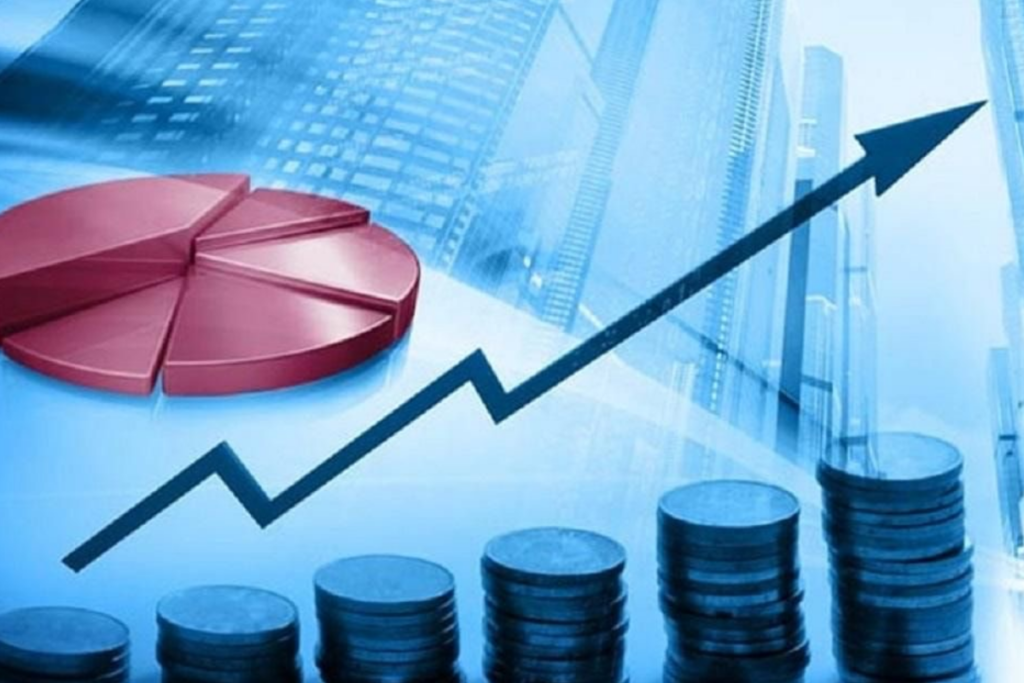A report from the Labor Department, which was released on Wednesday, showed that inflation, the steady increase in the price of goods and services, increased as anticipated in July. Higher housing costs largely drove the increase. This boost in inflation could cause the Federal Reserve to consider reducing interest rates in September.
Rising Consumer Price Index
The Consumer Price Index (CPI), which is used to measure the prices of goods and services, went as high as 0.2% in one month. This put the 12-month inflation rate at 2.9%. Some economists who were surveyed by Dow Jones predicted a 0.2% increase monthly and a 3% increase annually.
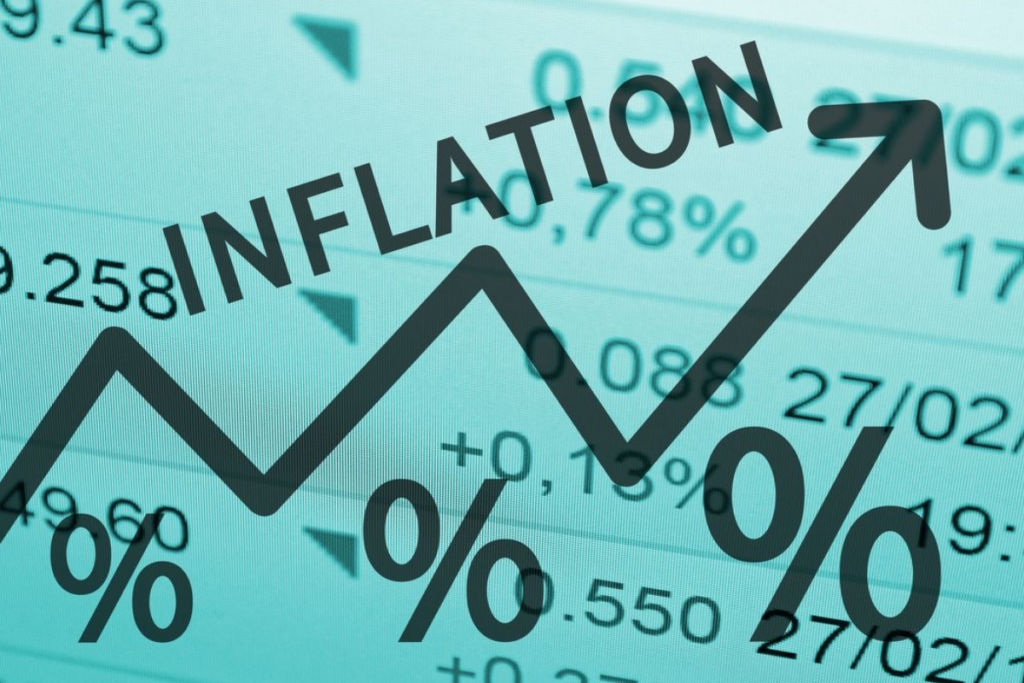
When food and energy prices were excluded, the “core” CPI also increased by 0.2% for the month and 3.2% for the year, precisely what economists expected.
When Has Inflation Been the Lowest?
The annual inflation rate is the lowest it has been since March 2021, and the core inflation rate is also the lowest it has been since April 2021, according to a report by the Bureau of Labor Statistics. In June, headline inflation was 3%.

A 0.4% increase in housing costs made up 90% of the overall rise in inflation. Food prices increased by 0.2%, while energy costs stayed the same.
ALSO READ: Inflation in the U.S. Falls by 0.1% With a Similar CPI Drop
When Was Inflation Last at Its Highest?
Inflation in the U.S. reached its highest point in recent history in June 2022. During that month, the Consumer Price Index (CPI) increased by 9.1% compared to 2021, marking the highest inflation rate since November 1981.
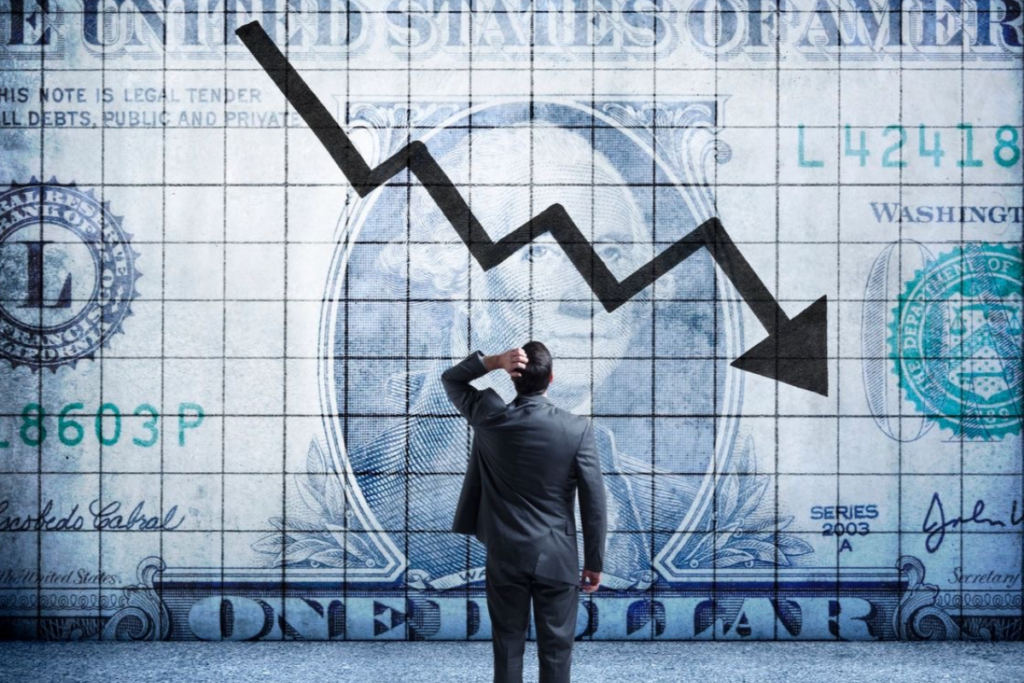
Although inflation is not that high now, some things are still increasing. The stock market was slightly down after the Wednesday report, but interest rates on government bonds, like Treasury bills, mostly went up. Although food prices only slightly increased, some items became more expensive. Eggs, in particular, saw a 5.5% increase, but cereal and bakery products became 0.5% cheaper, and even dairy products dropped by 0.2%.
Inflation and Interest Rate
Inflation is slowly getting closer to the central bank’s goal of 2%. A report from the Labor Department on Tuesday showed that prices at the producer level, which is an early indicator of inflation, only increased by 0.1% in July and went up by 2.2% over the past year.
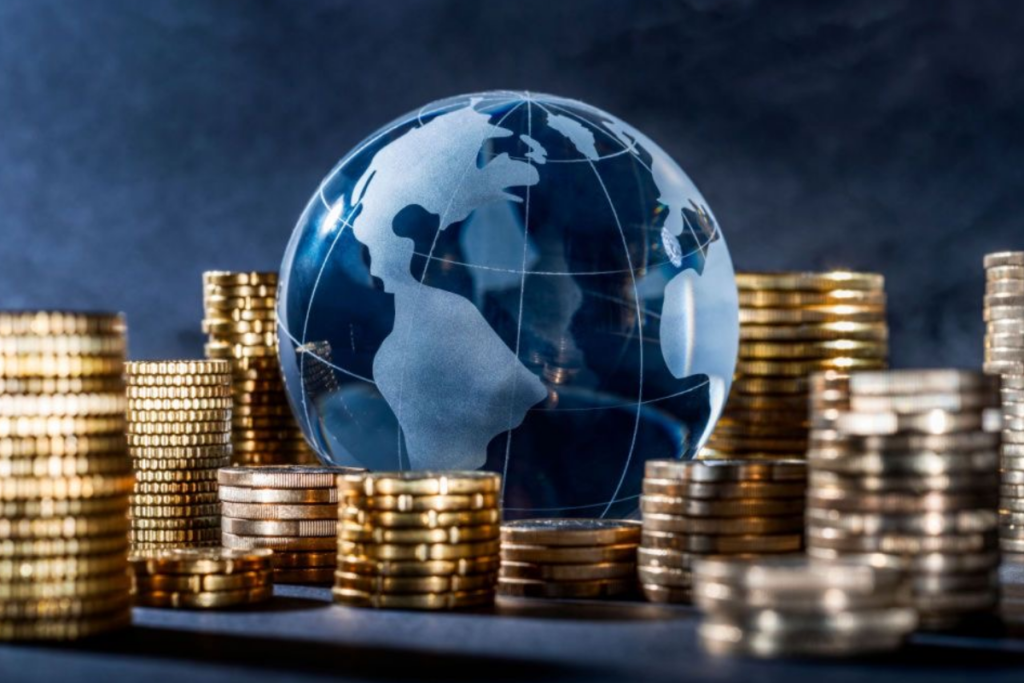
Officials at the Federal Reserve have suggested that they might be willing to lower interest rates. However, they have been careful enough not to commit to when or how quickly they will reduce it. The future market, which predicts financial trends, predicts a slightly higher chance of a small rate cut at the Fed’s next meeting on September 17-18 and possibly a total reduction of one percentage point by the end of 2024.
ALSO READ: McDonald’s Might Have to Leave California
Reducing Interest Rates
“Today’s consumer price index print clears the way for the Federal Reserve to start cutting interest rates in September.” This statement was made by Seema Shah, a top global strategist at Principal Asset Management. Shah continued, “However, the report also suggests that there is a limited urgency for a 50 basis point cut.”
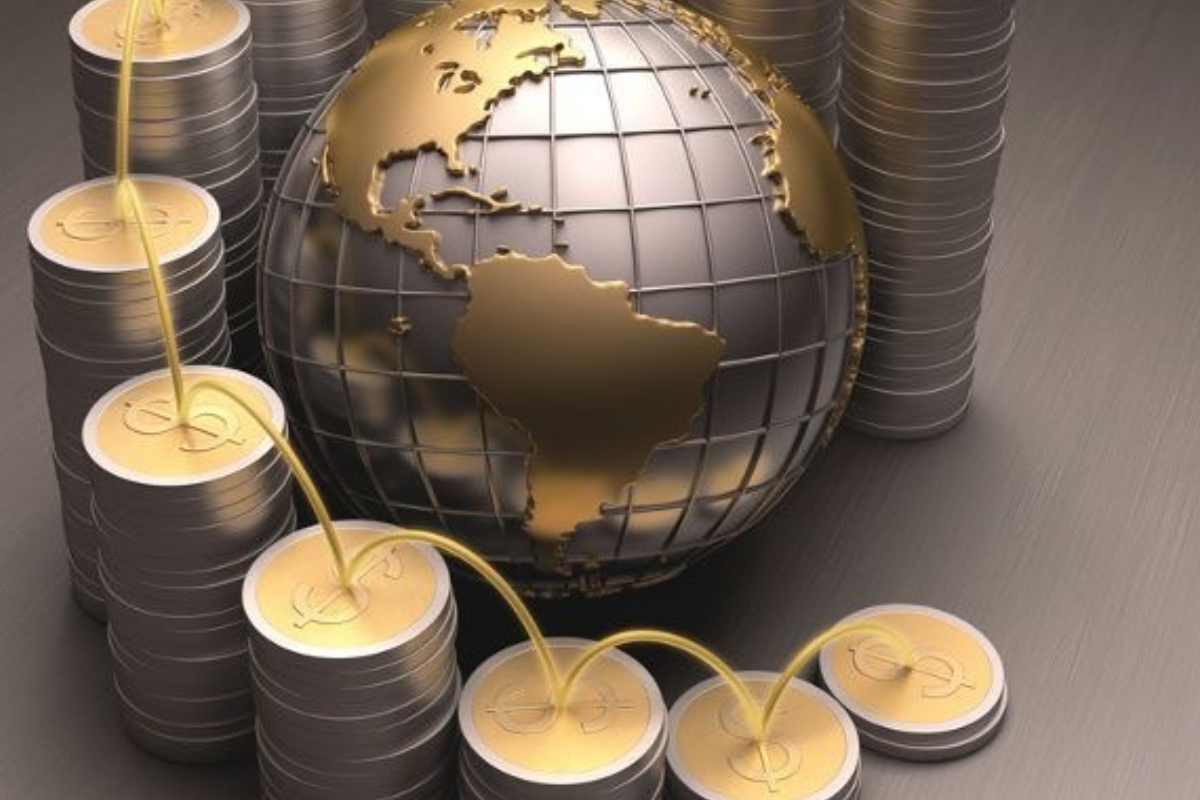
Now, due to low inflation, concerns about a weakening job market have increased the chances that the Federal Reserve will start cutting rates for the first time since the early days of the COVID-19 crisis.
Uneven Inflation Rates
Liz Ann Sonders, the chief investment strategist at Charles Schwab, explained the situation. She explained that inflation is decreasing, but certain parts are still stubbornly high. She emphasized the importance of closely monitoring both inflation and employment data. In her words, “We have to keep a close eye on both the inflation and employment data.”
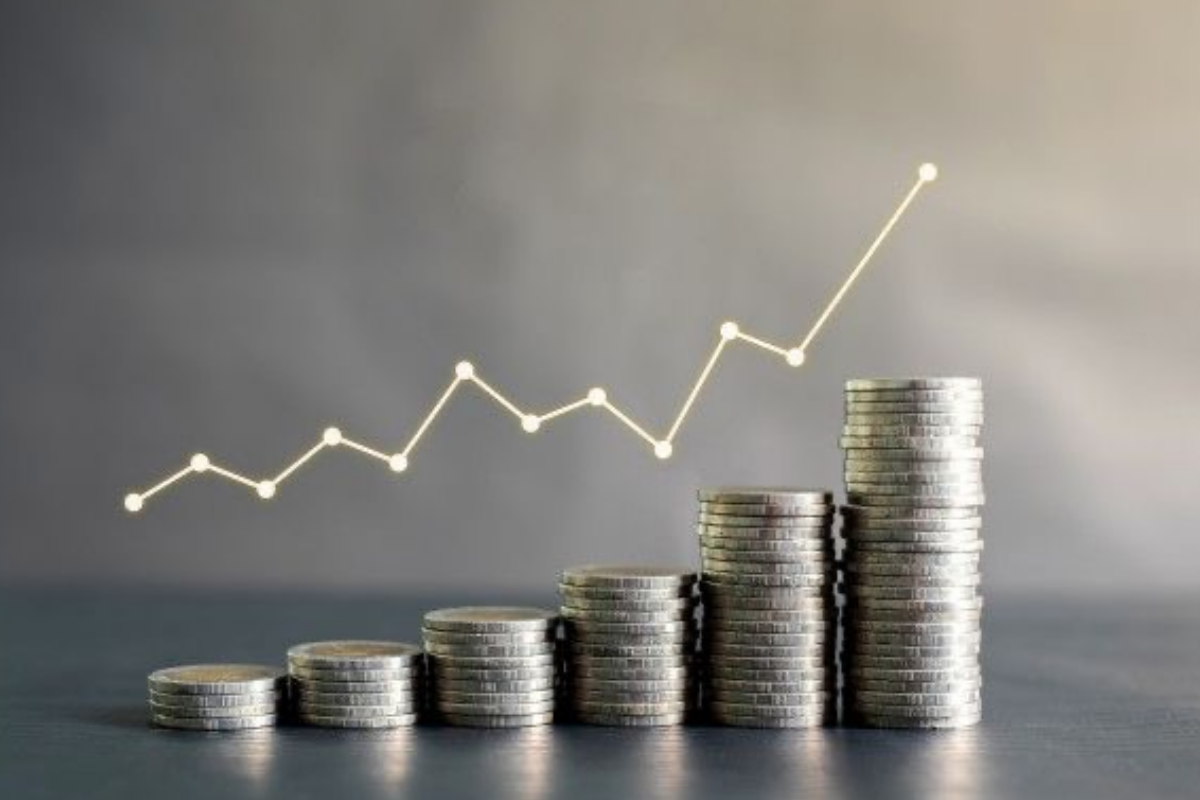
There are various mixed results in the report that suggest that inflation remains persistent in some areas.
Inflation in Some Sectors
In the automobile industry, car prices kept going down. New vehicles dropped by 0.2% and used cars, and trucks fell by 2.3% for the month and 10.9% compared to last year. However, auto insurance costs went up by 1.2% for the month and have increased by 18.6% over the past year.
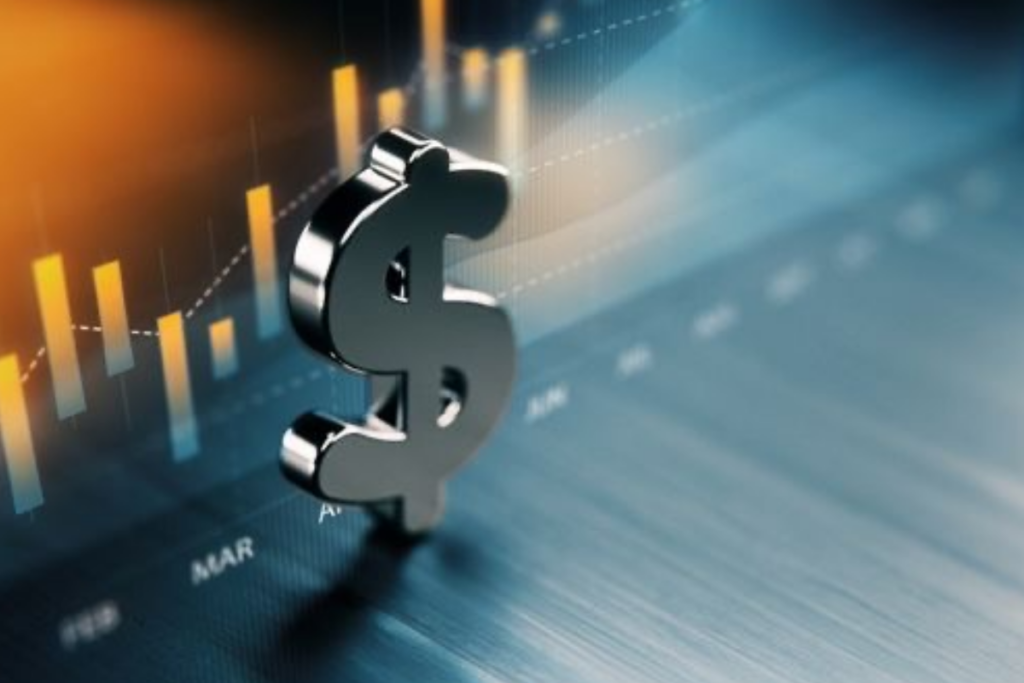
In the housing sector, housing costs, which comprise a large part of the index, rose by 0.4% for the month and 5.3% over the year. These went against the Federal Reserve’s hopes that housing costs would start to decrease. Meanwhile, some areas showed reduced prices for the month, including medical care services (-0.3%), apparel (-0.4%), and core commodity prices (-0.3%).
ALSO READ: Average Credit Card Debt Climbs to $6,329: ‘People Are Stretched,’ Expert Warns
Does Inflation Slow Down?
Inflation can slow down through a process known as disinflation. Disinflation is a situation where prices continue to rise but at a much slower rate. Factors that can cause disinflation include strict monetary policy by central banks, enhanced supply chains, a reduction in consumer demand, or lower energy prices.
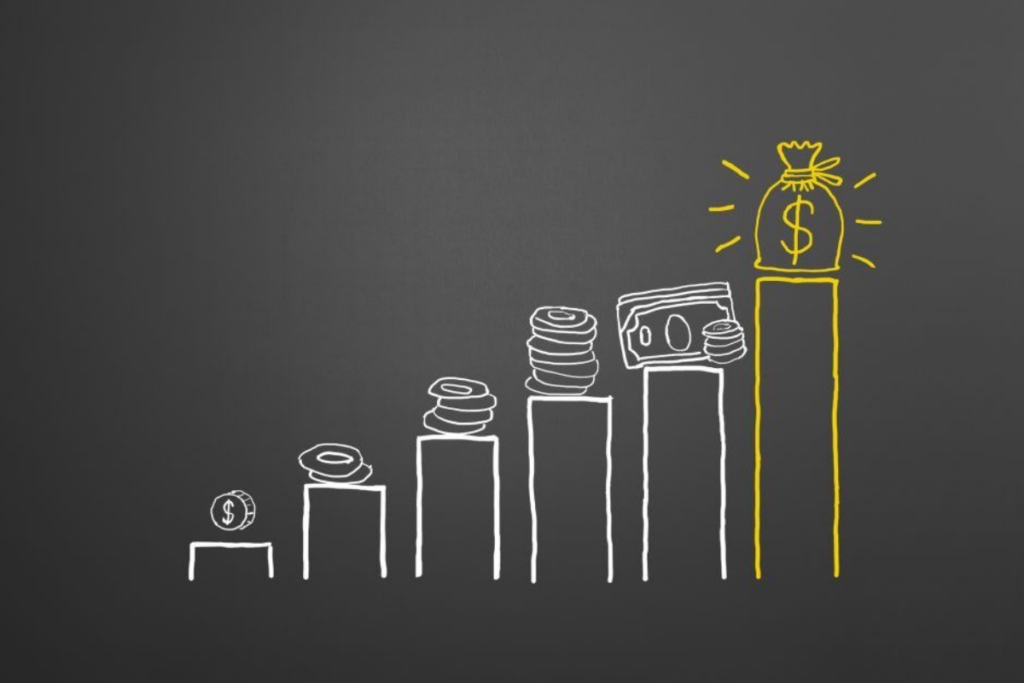
Disinflation is different from deflation. While for disinflation, inflation is still increasing, but at a slower rate, deflation is a reduction in the prices of goods and services.
What Is the Difference Between Inflation and Inflation Rate?
Inflation can be defined as the steady increase in the price level of foods and services in an economy over a certain period. It can lead to a decrease in the purchasing power of money.
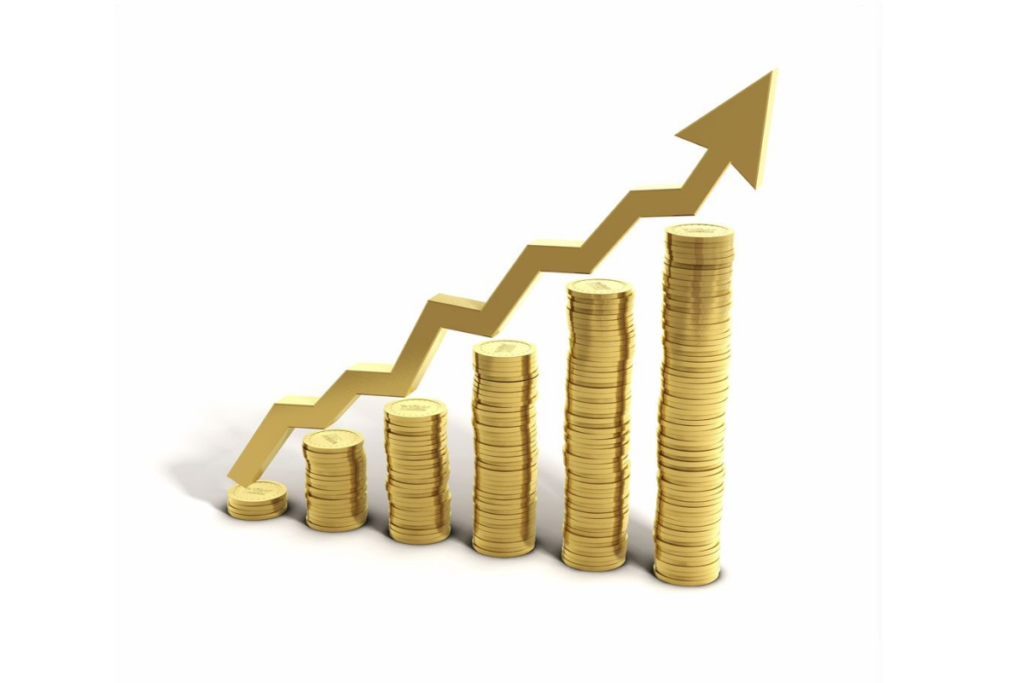
The inflation rate, on the other hand, measures how fast inflation is occurring. This means it measures how fast prices of goods and services are rising over a specific period.
You Might Also Like:
Five Secrets Behind Ferrari’s Success as a Luxury Brand
Zeekr, Chinese EV Maker, Claims Its New Battery Outpaces Tesla in Charging Speed
Delta Airlines Report $380 Million Revenue Loss Due to Chaos Following CrowdStrike Outage
People Flee New Zealand in Record Numbers as Economic Challenges Intensify

